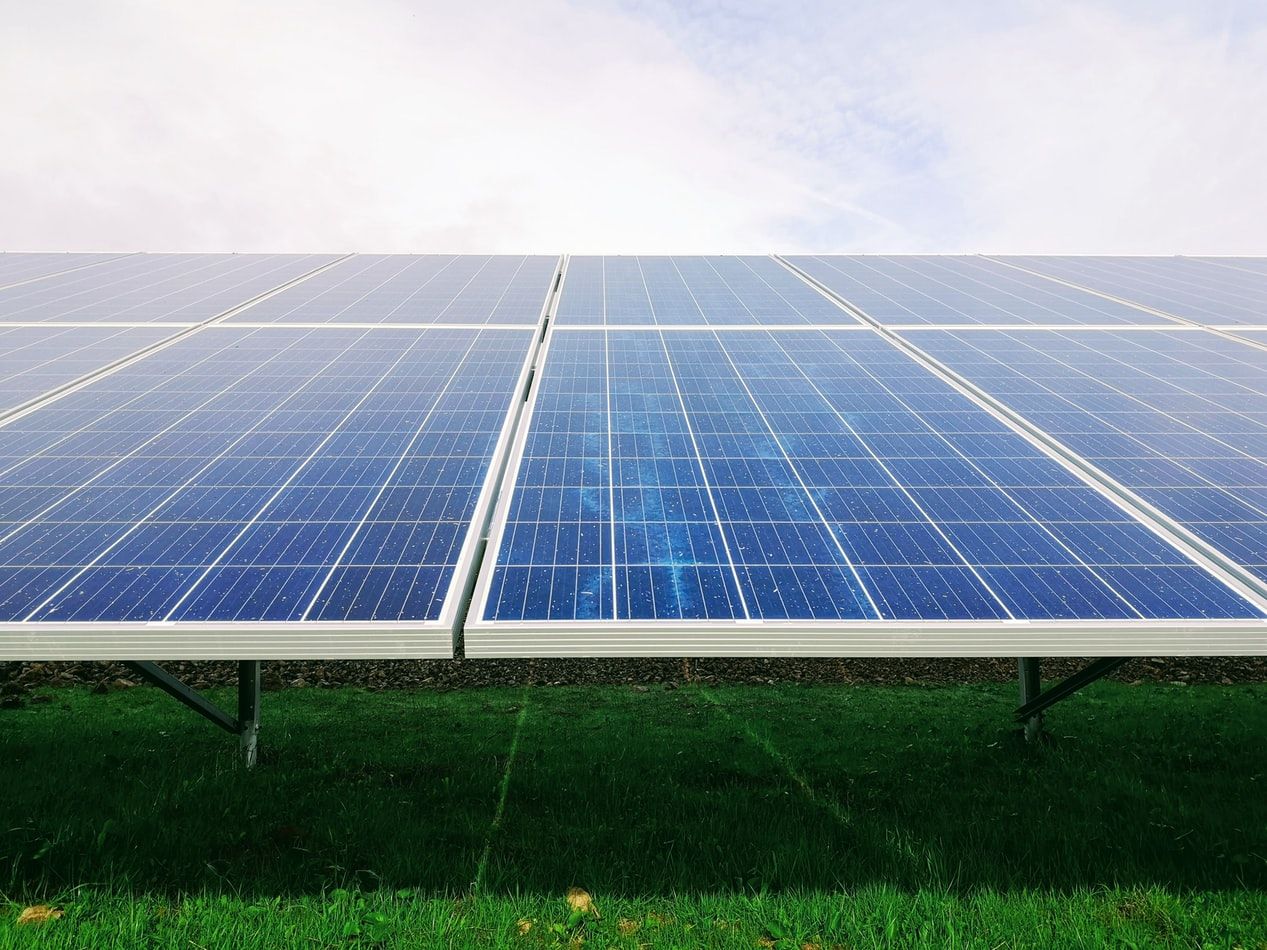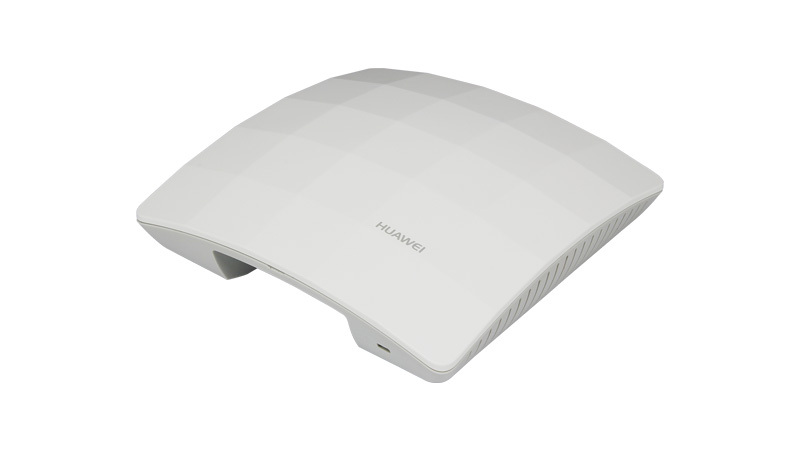
Fortinet FortiADC in Grafana
FortiADC is is a application delivery controllers (loadbalancer). The devices metrics are availalbe via SNMP. So it’s quite easy to collect those and display them in Grafana. Pre Install Make sure you have installed InfluxDB as the time-series database Telegraf as collector first. Optional you can also include the FortiADC logs when they are in elasticsearch. I use the Greylog sollution for this. Quick Start Get the latest files, at my GitHub page ...






